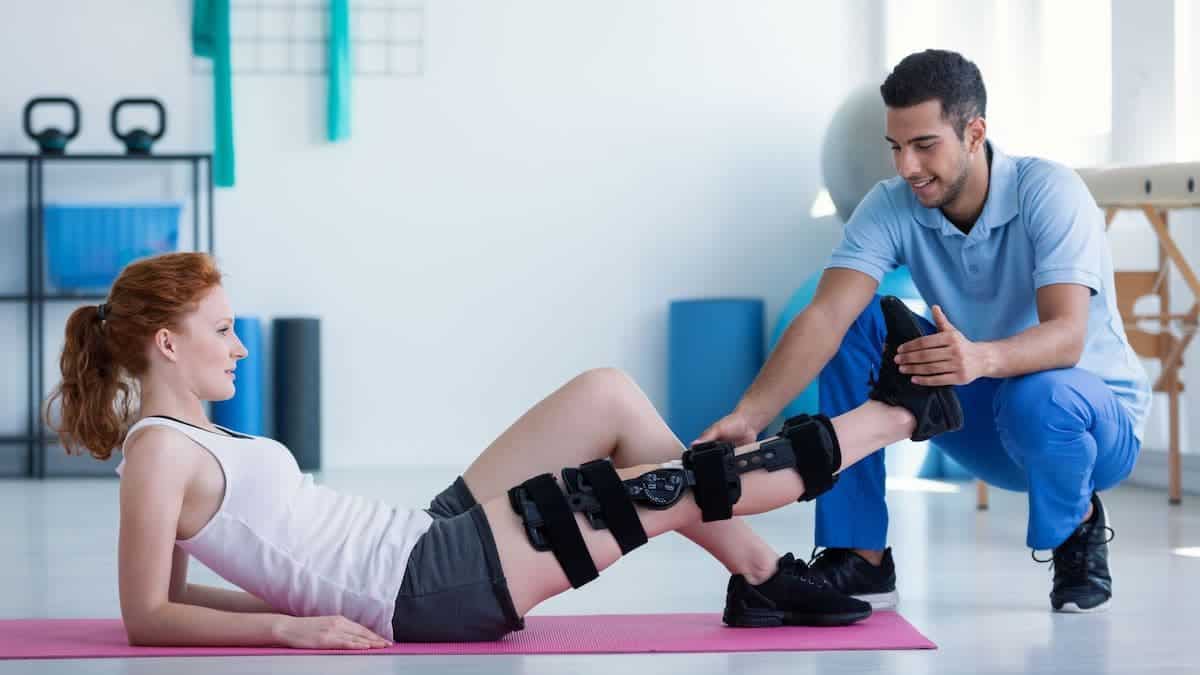Physical therapy is a form of medical care that can relieve severe pain, restore physical function and improve your quality of life, all without invasive surgical procedures or habit-forming pain medications. It's often used to help people regain function and muscle strength after strokes, car accidents and sports injuries, but physical therapy is also helpful for people with chronic diseases, women who've recently given birth and anyone who needs to learn how to use assistive devices safely.
Although physical therapy has many benefits, it's not an immediate cure. Depending on the severity of your illness or injury, you may need to attend physical therapy sessions several times per week throughout the recovery process. It also takes commitment to learn how to do physical therapy exercises correctly for optimal recovery. If you're willing to do the work, the benefits of physical therapy are well worth the effort. Keep reading to learn why physical therapy is important for your recovery plan and some of the most common reasons for physical therapy after an injury.
The Importance of Physical Therapy

The benefits of physical therapy can't be overstated. If you injure yourself, going to physical therapy right away ensures that you get a timely diagnosis at the start of your healing process. Your physical therapy team can also come up with a treatment plan to help you recover and boost your activity level with as little pain as possible. Physical therapy even increases your range of motion and reduces the risk of reinjury.
What if You Don't Do PT After an Injury?

If a doctor recommends physical therapy, it's because they have a sincere belief that physical therapy will help you regain lost function, reduce your pain and help you avoid reinjuring yourself. Therefore, refusing physical therapy has several risks, some of which can cause long-term complications.
You'll have a longer recovery time.

Physical therapy is more than just exercising the injured body part. Depending on the type of injury, your PT may recommend massage, ultrasound therapy and other physical therapy services to reduce additional pain and increase your range of motion. These treatments strengthen your muscles, increase blood flow to the injured area and promote proper healing. If you refuse to participate in physical therapy, it may take you longer to heal from your injury.
Your range of motion will be limited.

Range of motion refers to how far you can move part of your body. The term is commonly used to refer to the motion of joints and muscles. Flexion and extension are two of the most common movements. Flexion decreases the angle between two body parts, while extension increases the angle between two body parts. For example, if you tighten your bicep, your forearm moves closer to your upper arm. This decreases the angle between the forearm and upper arm, making this a type of flexion. Raising your chin is an example of extension, as your chin moves farther away from your neck and chest.
Physical therapy prevents the loss of muscle tissue, a condition known as muscle atrophy, and prevents scar tissue from forming at the site of the injury. Therefore, it's helpful for increasing range of motion and reducing the amount of time it takes to return to your favorite daily activities. If you don't do physical therapy after an injury, you may experience limited range of motion due to muscle weakness or the presence of new scar tissue.
Your muscles will weaken.
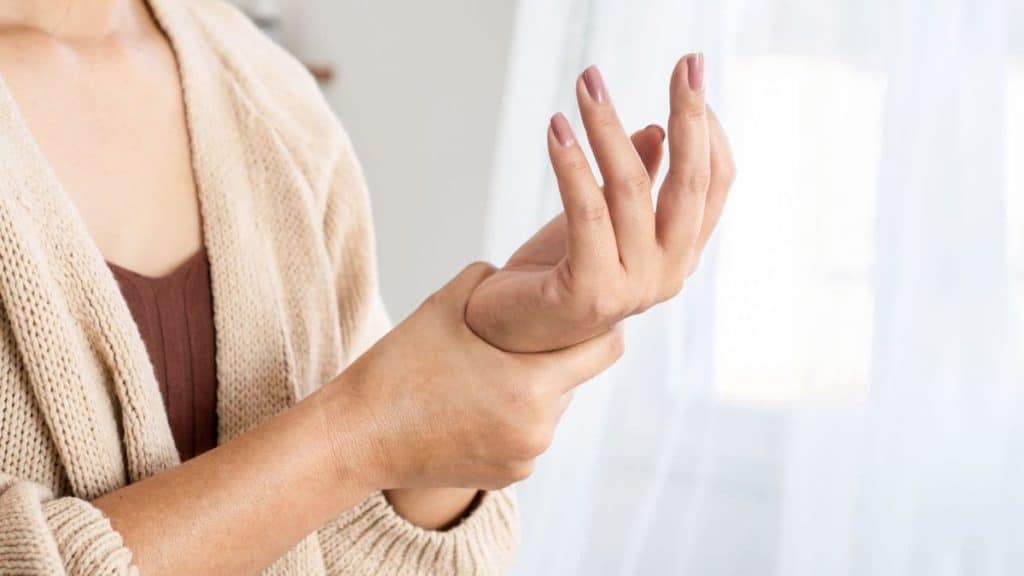
After an injury, you may feel like doing almost anything other than moving around. After all, movement often leads to pain, making it difficult to enjoy your favorite activities. Unfortunately, lying in bed or sitting on the couch is one of the worst things you can do. Once your doctor gives you the go-ahead, you should be moving around and getting as much physical activity as possible to increase blood flow.
Good blood flow is one of the most important parts of injury recovery because blood carries oxygen and nutrients to muscles and other tissues. If these tissues don't get the right amount of oxygen, they can't recover fully from an injury. Another benefit of good blood flow is that the blood carries waste products away from the muscles, reducing recovery times and keeping the muscle tissue as healthy as possible.
Movement reduces the risk of muscle atrophy and restores blood flow to the injured area, preventing muscle weakness that can make it difficult to return to your normal activities once you fully heal. If you don't get physical therapy, you're more likely to experience muscle atrophy or poor circulation, causing muscle weakness and making it difficult to do the things you love.
You'll likely experience lingering pain.

If an injury doesn't heal properly, it's likely to cause long-term pain and other complications. An experienced physical therapist knows how to develop a customized injury rehabilitation plan based on your overall fitness level, the type of injury you have and how long ago you sustained the injury. Following this treatment plan encourages healing and reduces the risk of chronic pain. If you don't follow through with the PT's recommendations, there's a chance the injury won't heal properly, leaving you with long-lasting aches and extreme pains.
To determine if PT is beneficial for relieving pain and improving function, researchers in Turkey conducted a study involving 104 participants. Each participant was assigned to the control group or the PT group. Members of both groups received medical treatment and instructions to perform specific exercises, but the 52 participants in the PT group also received physical therapy interventions. The researchers used the Visual Analog Scale, Istanbul Low Back Pain Disability Index and Oswestry Disability Index to assess pain and functional ability in both groups. Participants completed these assessments before treatment and at two weeks, three months and one year after treatment.
When study investigators compared the results from the control group and the PT group, they found that members of the PT group experienced significant improvement after receiving physical therapy. They note that PT exercises combined with other modalities — such as heat therapy, icing, ultrasound therapy and other physical therapy services — are more effective than exercise alone.
You risk reinjury.
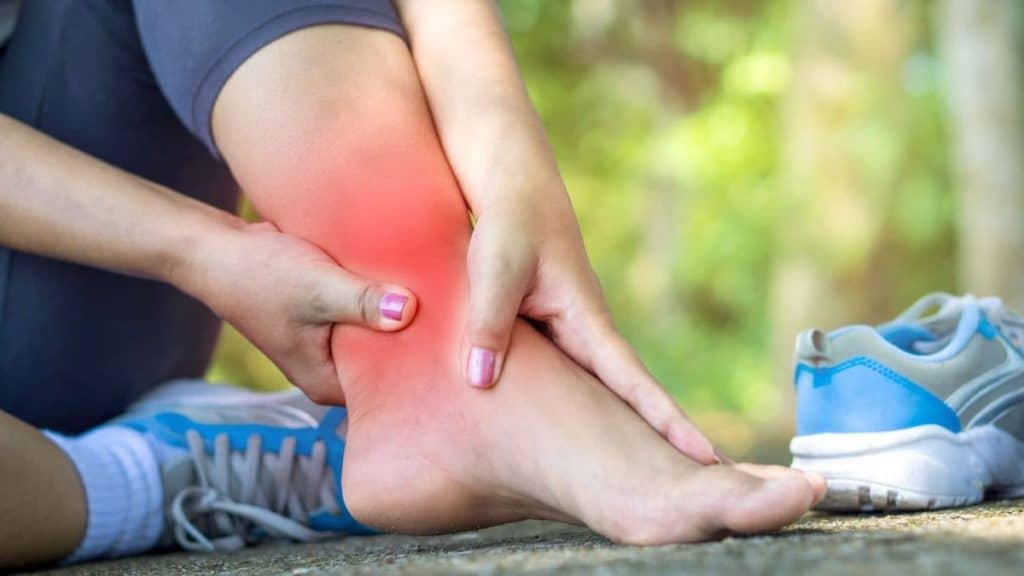
One of the best ways to avoid reinjury is to strengthen the surrounding joints and muscles. For example, if you injure your knee, you may be able to avoid future knee injuries by strengthening your hamstrings and quadriceps. These muscles are involved in bending and straightening the knee. It's also important for the injury to heal properly. Otherwise, it's much easier to injure the same part of your body a second or even a third time. If you don't get the physical therapy you need, the injury won't heal properly, leaving you more vulnerable to reinjury and extreme pain over time.
You're more likely to take addictive pain medications.
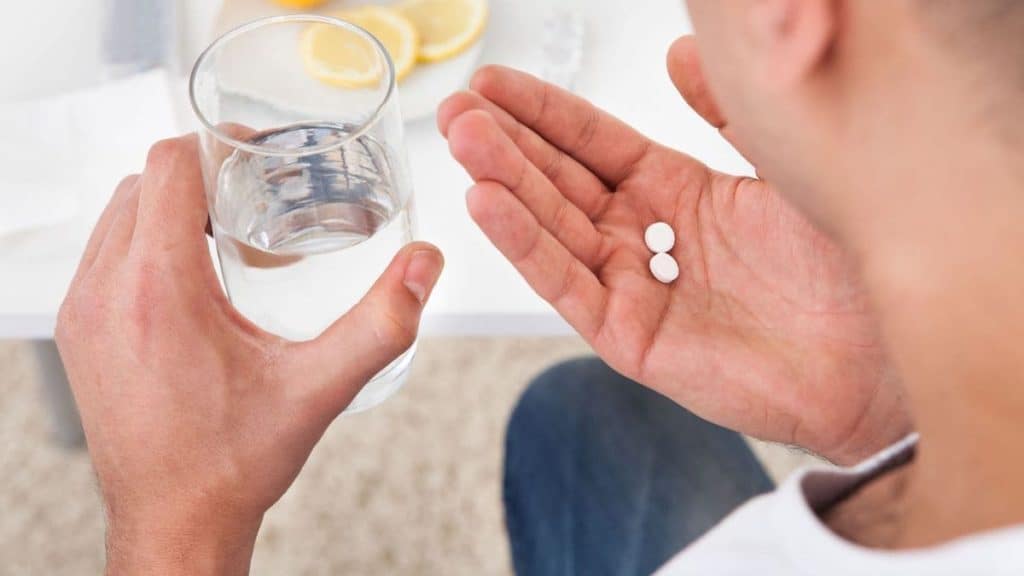
Pain medications are helpful in the immediate aftermath of an injury, but long-term use increases the risk of physical dependence, which may eventually turn into a severe addiction. In 2019, 10.1 million Americans aged 12 and older reported that they'd misused opioids at least once in the past year. More than 96% of them misused prescription pain medications to treat extreme and sharp pain.
Physical therapists offer a wide range of treatments to relieve pain, such as heat therapy, massage therapy, ultrasound and electrical stimulation. Performing physical therapy exercises can also relieve pain by preventing the formation of scar tissue, improving blood flow and preventing muscle atrophy. Therefore, physical therapy reduces or eliminates the need to take addictive pain medications. If you don't get physical therapy after an injury, especially a severe injury, you may need habit-forming medications to control your pain, increasing the risk of addiction.
Physical Therapy vs. Opioids
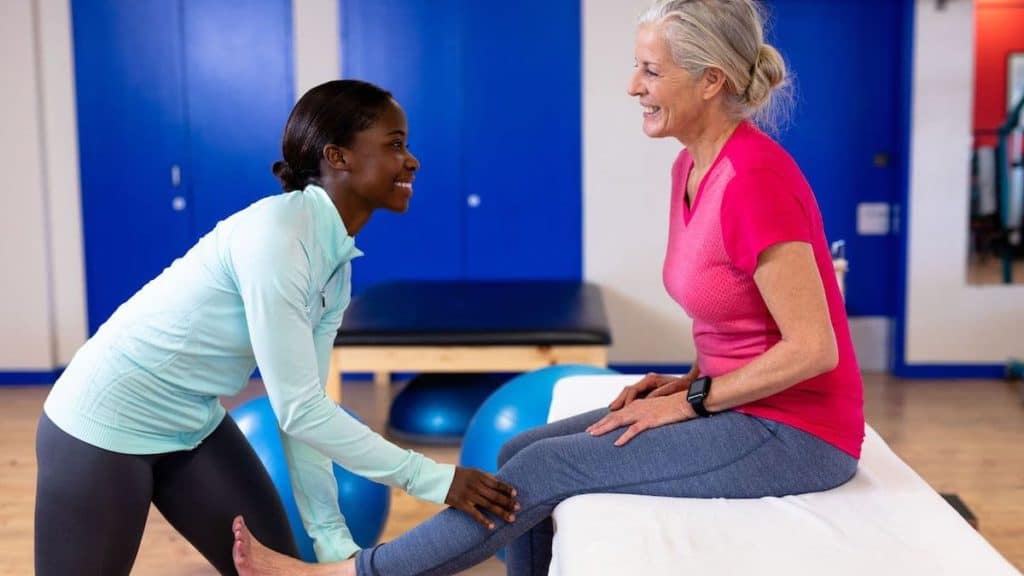
Researchers from Duke University and Stanford University set out to determine whether physical therapy is useful for reducing reliance on opioid pain medications. They analyzed nearly 90,000 health insurance claims, looking for information about opioid prescriptions and physical therapy treatments, focusing on patients with pain in the shoulders, lower back, knees and neck.
Even after adjusting for the presence of chronic health conditions, the researchers discovered that early physical therapy reduces the risk of long-term opioid use by anywhere from 7% to 16%. They define "early" physical therapy as at least one PT session within 90 days of receiving a diagnosis.
Can You Improve an Old Injury with Physical Therapy?
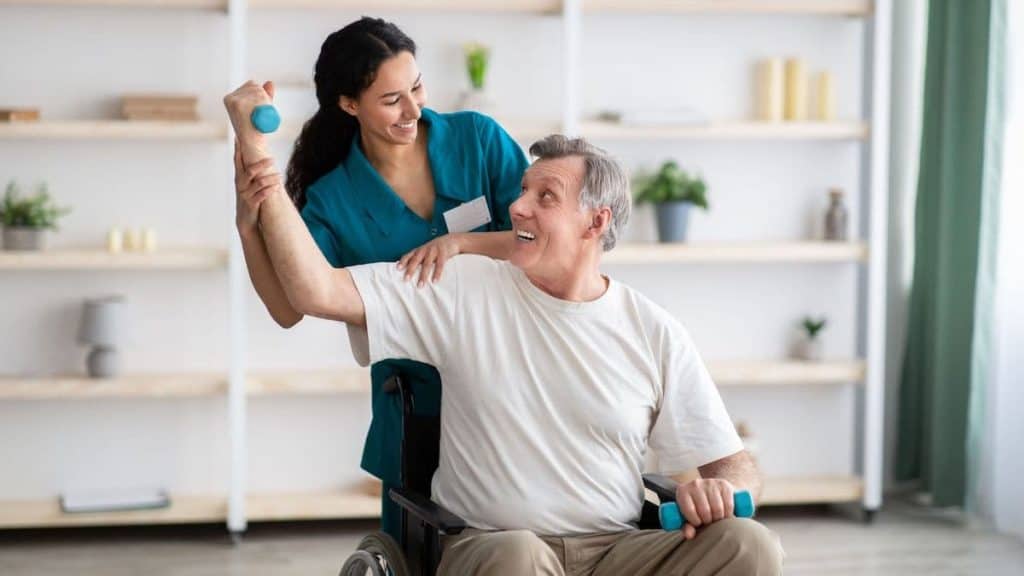
Absolutely. Although it's best to see a physical therapist soon after an injury occurs, it's possible to improve some injuries years after you sustain them. Physical therapists have extensive experience conducting exams, assessing physical functioning and developing treatment plans to relieve extreme pain caused by injuries old and new. No matter how long it's been since you injured yourself, a physical therapist can help you strengthen your muscles, improve your range of motion and reduce pain at the injury site.
Start Your Road to Recovery With Northeast Spine and Sports Medicine
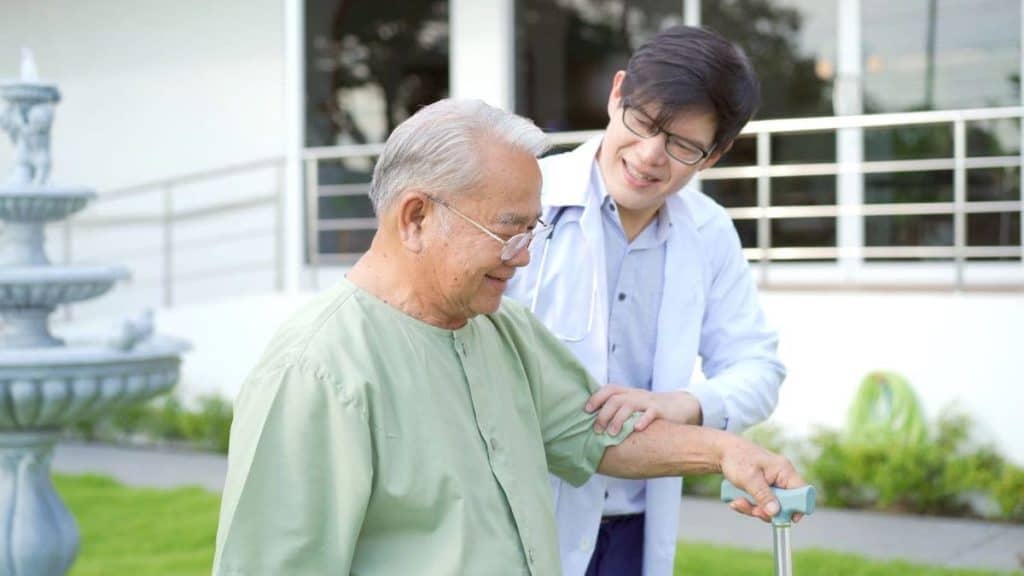
At Northeast Spine and Sports, we have experienced physical therapists on staff to assess your injury and develop a customized treatment plan to help you heal. Our practice also offers acupuncture, sports medicine services and physical therapy for athletes. Now that you know why physical therapy is important, contact Northeast Spine and Sports at (732) 653-1000 to schedule an assessment and get on the road to recovery.
